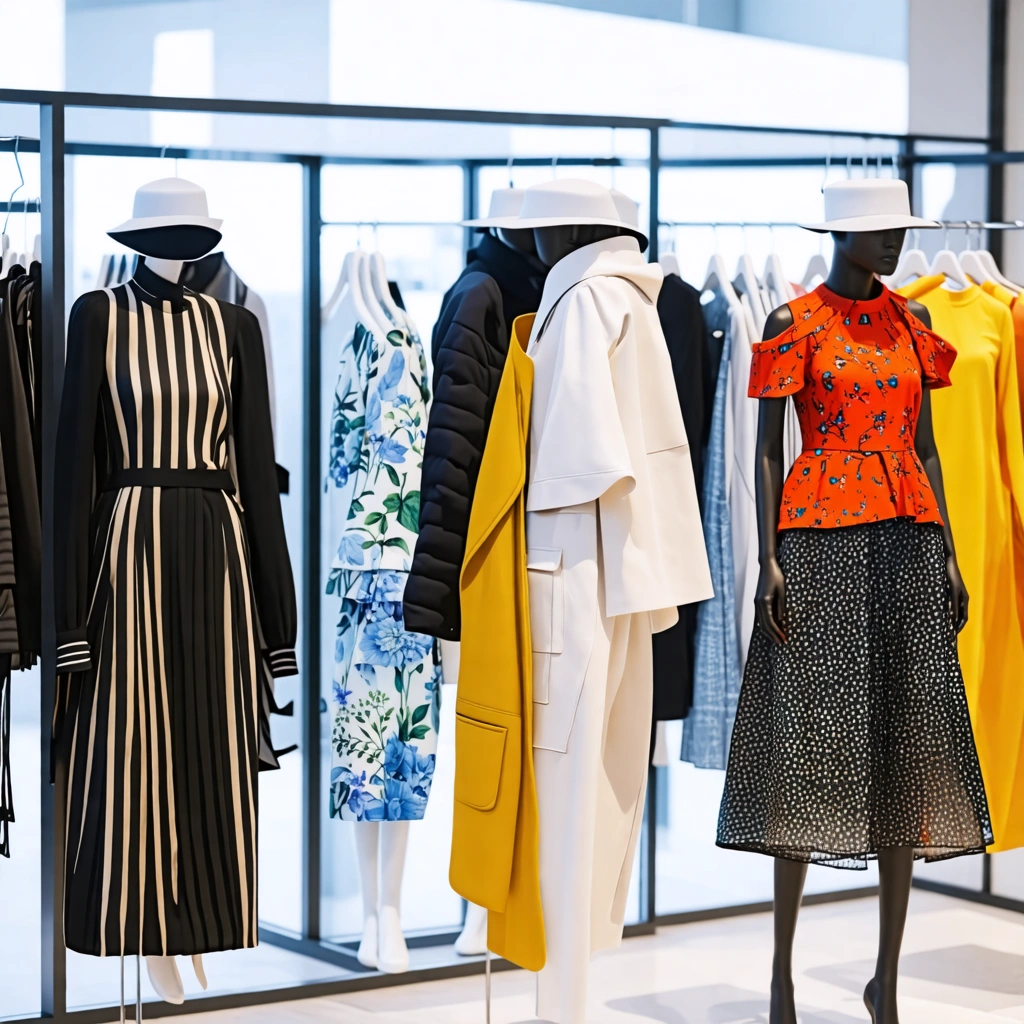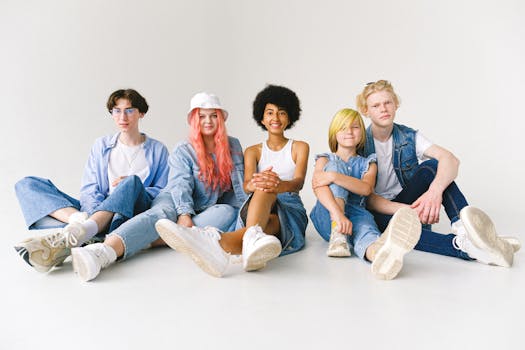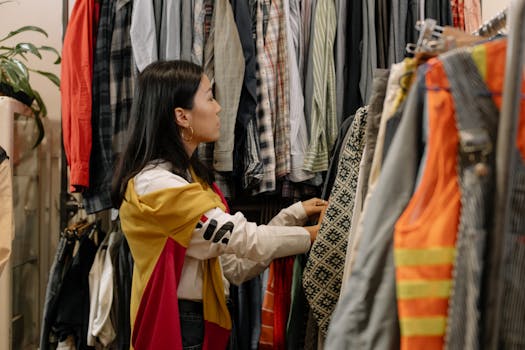
The Future of Fashion: Emerging Trends in Women’s Clothing for 2025
Takeaways: The fashion landscape is evolving rapidly with a strong focus on sustainability, inclusivity, and technology. In 2025, we can expect to see innovative materials, digital fashion, and a shift towards more personalized and adaptable clothing options. This article delves into these trends and their implications for the future of women’s fashion.
As we look ahead to 2025, the fashion industry is poised for transformative changes that will redefine women’s clothing. With growing awareness around sustainability and inclusivity, alongside advancements in technology, the future of fashion is not only innovative but also more conscious of the planet and its people. Let’s explore the key trends shaping women’s clothing in 2025.
Sustainability Takes Center Stage

Many fashion brands are investing in eco-friendly materials such as organic cotton, Tencel, and recycled polyester. These materials not only reduce environmental impact but also provide consumers with stylish alternatives that do not compromise on quality. Moreover, innovations in biodegradable fabrics are emerging, allowing for clothing that can decompose without leaving a harmful footprint.
Additionally, the concept of circular fashion is gaining momentum. Brands are adopting take-back programs where customers can return old clothing for recycling or upcycling. By creating closed-loop systems, fashion companies can significantly reduce waste and promote a more responsible consumption model.
Furthermore, the rise of second-hand and vintage clothing is becoming a mainstream choice among consumers. Platforms like Depop and Poshmark are thriving as people seek unique pieces while minimizing their ecological footprint. By 2025, shopping second-hand will be not just a sustainable choice but a fashionable statement.
Inclusivity and Body Positivity

This shift is not merely about aesthetics; it’s about creating a culture of acceptance and empowerment. Inclusive brands are working to break down traditional beauty standards and promote body positivity. Expect to see more collections that celebrate curves and cater to all body shapes, making fashion accessible to everyone.
Moreover, adaptive fashion is on the rise, with designers creating clothing that meets the needs of people with disabilities. This trend emphasizes functionality without sacrificing style, making it possible for all women to express themselves through fashion.
As we embrace inclusivity, we can also anticipate the emergence of gender-fluid clothing lines. These collections will challenge traditional gender norms, offering versatile pieces that can be worn by anyone, regardless of gender identity.
The Rise of Digital Fashion
As technology continues to advance, digital fashion is emerging as a revolutionary trend. By 2025, virtual clothing will become a staple in women’s wardrobes. Brands are beginning to explore digital-only collections, allowing consumers to purchase outfits for their avatars in virtual worlds or social media platforms.
Digital fashion not only offers endless creative possibilities but also significantly reduces waste associated with traditional fashion production. With digital garments, there is no need for physical inventory, making it a more sustainable option for brands.
In addition, augmented reality (AR) and virtual reality (VR) technologies are transforming the shopping experience. Consumers will be able to try on clothes virtually, enhancing their online shopping experience and reducing the need for returns, which often contribute to waste.
As brands invest in virtual fashion shows and online experiences, we can expect a more immersive and engaging way to experience fashion. The fusion of technology and fashion will redefine how we perceive clothing, making it more dynamic and interactive.
Smart Textiles and Wearable Technology
The integration of technology into clothing is no longer a futuristic concept; it is becoming a reality. Smart textiles and wearable technology are set to revolutionize women’s fashion by 2025. These innovations will enhance functionality while maintaining style, creating a perfect blend of aesthetics and practicality.
Imagine clothing that can monitor your health, adjust to temperature changes, or even change color based on your mood. Smart fabrics equipped with sensors can track metrics like heart rate or body temperature, providing valuable insights into personal health. This trend is particularly appealing to the health-conscious consumer.
Moreover, brands are exploring the use of technology to improve the fit and comfort of clothing. With the help of 3D printing and body scanning technology, personalized clothing that adapts perfectly to individual body shapes will become a reality, offering a bespoke experience that was previously reserved for high-end fashion.
Wearable technology, such as fitness trackers integrated into stylish garments, is also on the rise. By 2025, expect to see more fashionable options that marry technology with everyday wear, allowing women to stay active and stylish simultaneously.
Personalization and Customization

With advancements in artificial intelligence (AI), brands will be able to offer tailored recommendations based on individual shopping habits and preferences. This level of personalization will create a more engaging shopping experience, allowing women to find pieces that resonate with their personal style.
Furthermore, customization options will become more accessible. Brands will allow customers to choose fabrics, colors, and designs, enabling them to create one-of-a-kind pieces that reflect their personality. This trend will not only empower consumers but also foster a deeper connection between them and the brands they support.
As fashion becomes more personalized, we will also likely see a shift in marketing strategies. Brands will focus on building communities and relationships, moving away from traditional advertising methods and instead fostering engagement through social media and influencer collaborations.
Conclusion

Fashion is evolving to meet the needs of a more conscious and diverse consumer base. As these trends gain momentum, they will redefine how we perceive clothing and the role it plays in our lives. By embracing these changes, the fashion industry can move towards a more sustainable, inclusive, and innovative future.





